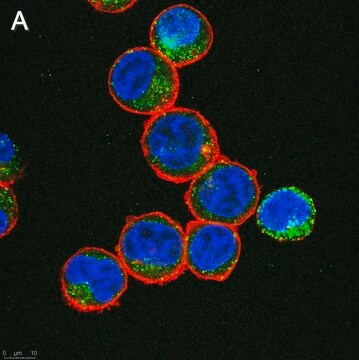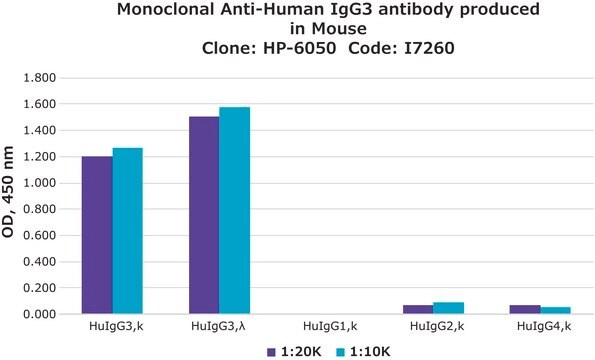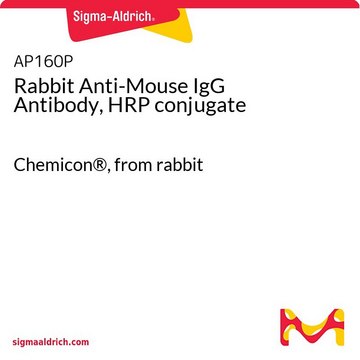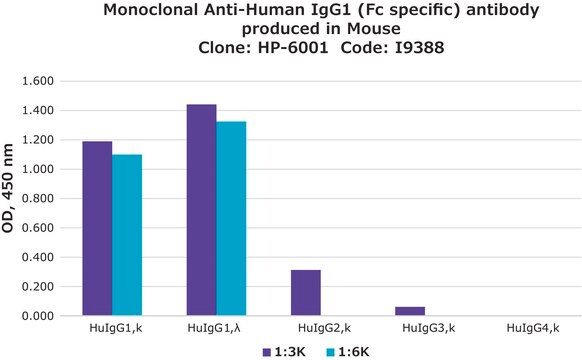SAB4200867
Anti-PMEL antibody produced in rabbit
affinity isolated antibody, buffered aqueous solution
Sinónimos:
ME20-M (ME20M) Melanoma-associated ME20 antigen, Melanocyte protein, Melanocyte protein Pmel 17, Melanocytes lineage-specific antigen GP100, Melanoma gp100, P1, P100, Premelanosome protein, Silver locus protein homolog
About This Item
Productos recomendados
antibody form
affinity isolated antibody
Quality Level
form
liquid
species reactivity
human
concentration
~1 mg/mL
technique(s)
immunoblotting: 1:1000-1:2000 using human melanoma SK-MEL-28 cell lysate
UniProt accession no.
shipped in
dry ice
storage temp.
−20°C
target post-translational modification
unmodified
General description
Specificity
Application
Detection of the PMEL band by Immunoblotting is specifically inhibited by the immunogen.
Biochem/physiol Actions
PMEL fibrils have an amyloidogenic nature and share features with pathological amyloids.4 Mutations in PMEL are associated with pigmentation disorders and/or impairments in eye development in various species.1,5,6
PMEL is suggested an excellent model system to study mechanisms of intracellular amyloid formation.1
Physical form
Storage and Stability
Disclaimer
Storage Class
12 - Non Combustible Liquids
wgk_germany
WGK 1
flash_point_f
Not applicable
flash_point_c
Not applicable
Elija entre una de las versiones más recientes:
Certificados de análisis (COA)
Lo sentimos, en este momento no disponemos de COAs para este producto en línea.
Si necesita más asistencia, póngase en contacto con Atención al cliente
¿Ya tiene este producto?
Encuentre la documentación para los productos que ha comprado recientemente en la Biblioteca de documentos.
Nuestro equipo de científicos tiene experiencia en todas las áreas de investigación: Ciencias de la vida, Ciencia de los materiales, Síntesis química, Cromatografía, Analítica y muchas otras.
Póngase en contacto con el Servicio técnico








